
Dehydration and heat stroke are related by both being caused by excess exposure to heat and both can be life threatening if not treatedon time.
Dehydration may come from too much exposure to heat or as aside effect of diarrhea, vomiting or fever. A person normally loses amounts ofwater through sweating, urine and the stool, and that water gets replacedby the ingestion of fluid and food that contains water. Dehydration causes theloss of water and essential body salts. Sometimes it can be caused by drugs. Inany case, dehydration must be treated immediately.
Dehydration is easily recognized by thirst, reducedurination, dry skin, fatigue, dizziness, dry mouth and an increased heart rateand difficulty breathing. In children it may include fever, irritability,absence of tears and sunken abdomen, eyes or cheeks.
In its early form it can be treated with home treatments according toinstructions given by a physician. Mild dehydration can be treated by drinkingfluids, especially various sports drinks because they are good at restoring saltbalance and electrolytes as well. Moderate and severe dehydration might requirehospitalization and intravenous fluids.
To avoid dehydration, one should drink lots of fluids whenbeing exposed to the sun for longer periods of time in order to take in morefluid than the amount that gets lost. Physical activities can be planned sothat they take place during cooler parts of the day. Pedialyte and similarsolutions can be used in maintaining the balance of electrolytes.
Heat stroke is a condition in which a person does not sweatenough to lower body temperature caused by extreme exposure to the sun, and islife-threatening if not treated urgently. Sometimes the natural cooling systemin the body cannot sweat out enough water in high temperatures due to the excess exposureto heat, which causes the heat stroke. The symptoms of a heat strokeare similar to those of dehydration although they are more severe and includehigh body temperature, seizure, loss of consciousness and hallucinations.
A person that has suffered a heat stroke is in great danger ofpermanent damage or even death and should be taken indoors immediately. Oncethe clothes have been removed, cool water should be gently applied to the skinin order to stimulate sweating.
The person should be exposed to a fan or some kind of artificial ventilationafterward.
Ice packs can be applied to the armpits and the groin, and theperson needs to rest in a cool area with their feet elevated. Intravenousfluids are required in most cases. Precautions that protect from heatstroke are mostly the same as those used for dehydration.


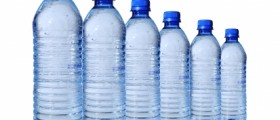
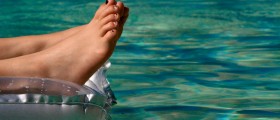



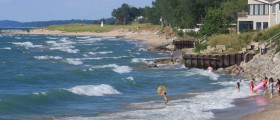



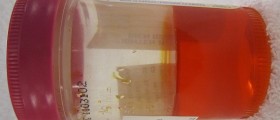
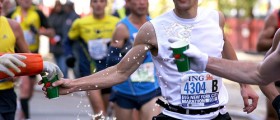




Your thoughts on this
Loading...